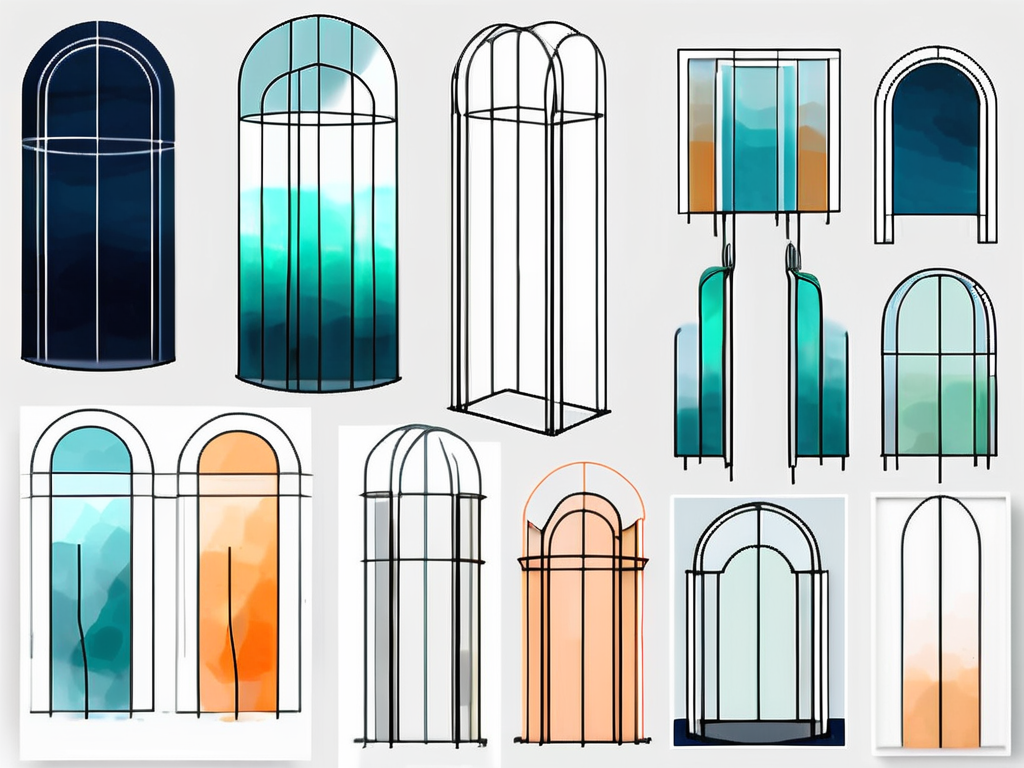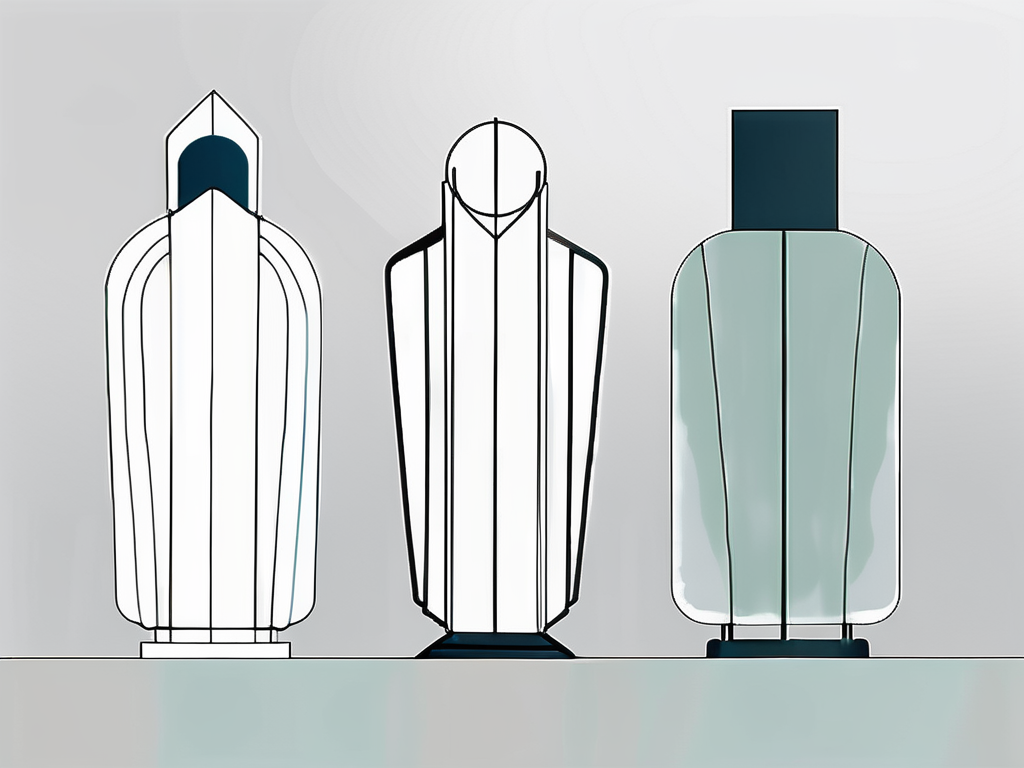Mouth guards are essential dental devices designed to protect the teeth from grinding or clenching during sleep. Over the years, various materials have been used to create these devices, each with its own unique properties and benefits. In this article, we will delve into the world of mouth guard materials, exploring their purpose, evolution, common types, durability, and impact on comfort and fit.
Understanding Mouth Guards: Purpose and Importance
Before delving into the materials used in mouth guards, it is important to understand their purpose and importance. A mouth guard, also known as an occlusal splint, is a custom-made dental appliance that is specifically designed for individuals who suffer from bruxism, or teeth grinding and clenching during sleep. Bruxism can cause a range of dental problems, including enamel erosion, tooth sensitivity, headaches, jaw pain, and even tooth fractures. Mouth guards provide a protective barrier between the upper and lower teeth, helping to alleviate these issues and prevent further damage.
What is a Mouth Guard?
A mouth guard is a removable dental appliance that is typically made of a durable material and worn over the teeth while sleeping. It is custom-fitted to each individual's teeth to ensure optimal comfort and effectiveness. The design of mouth guards may vary depending on the specific needs of the patient, with some covering only the upper teeth, while others may cover both the upper and lower teeth.
Why Do People Need Mouth Guards?
People may need mouth guards for various reasons. The most common cause is bruxism, which can be triggered by stress, anxiety, misaligned teeth, or certain medical conditions. Mouth guards not only protect teeth from grinding and clenching forces but also help alleviate associated symptoms such as jaw pain, headaches, and muscle tension. Individuals who are undergoing orthodontic treatment or have dental restorations like crowns or bridges may also benefit from using mouth guards to protect their investment and prevent damage.
In addition to the aforementioned benefits, mouth guards can also have a positive impact on sleep quality. Bruxism can disrupt sleep patterns, leading to restless nights and daytime fatigue. By wearing a mouth guard, individuals with bruxism can experience improved sleep as the appliance helps to reduce the intensity of teeth grinding and clenching, allowing for a more peaceful and restorative sleep.
Furthermore, mouth guards can play a role in maintaining overall oral health. Teeth grinding and clenching can put excessive pressure on the jaw joint, leading to temporomandibular joint (TMJ) disorders. These disorders can cause pain and discomfort in the jaw, face, and neck. Mouth guards help to distribute the forces exerted during bruxism evenly, reducing the strain on the TMJ and minimizing the risk of developing TMJ disorders.
The Evolution of Mouth Guard Materials
Over time, materials used in mouth guards have evolved to provide enhanced durability, comfort, and performance. Let's take a closer look at the historical progression of mouth guard materials.

Early Materials Used in Mouth Guards
In the past, mouth guards were predominantly made of rigid materials like hard acrylic. While these materials offered a certain level of protection, they were often uncomfortable to wear and prone to cracking or becoming brittle over time. Additionally, they lacked flexibility, which could cause discomfort and difficulty in speaking or breathing during sleep.
Despite their limitations, early mouth guard materials represented an important step in dental care, as they helped protect teeth from the damaging effects of bruxism and jaw clenching. Patients who used these early mouth guards often reported improvements in their oral health and reduced instances of tooth wear and fractures.
Modern Advances in Mouth Guard Materials
With advancements in dental technology, modern mouth guards are now created using more flexible and durable materials. These materials not only provide increased comfort but also offer improved resistance to wear and tear. The use of thermoplastic materials, such as ethylene vinyl acetate (EVA) and hybrid materials, has significantly enhanced the performance and longevity of mouth guards.
Furthermore, modern mouth guard materials are designed to be biocompatible, reducing the risk of allergic reactions or irritation in users. The customization options for mouth guards have also expanded, allowing for a more precise fit and better protection against nighttime grinding and clenching. Patients can now choose from a variety of materials based on their individual needs and preferences, ensuring a more tailored and effective solution for managing bruxism.
Common Materials Used in Mouth Guards
When it comes to selecting the right material for your mouth guard, understanding the options available can help you make an informed decision. Let's delve deeper into the most popular materials used in the fabrication of mouth guards:

Acrylic Mouth Guards
Acrylic mouth guards have a long-standing history in the realm of dental appliances. Crafted from rigid acrylic resin, these mouth guards offer commendable durability and protection against the damaging effects of teeth grinding. While they excel in strength, some wearers may find them less than ideal in terms of comfort due to their rigid nature.
It's worth noting that acrylic mouth guards are often recommended for individuals who exhibit severe bruxism, as they can withstand the intense pressure exerted during teeth grinding episodes.
EVA Mouth Guards
Ethylene vinyl acetate (EVA) has emerged as a popular choice for modern mouth guards, thanks to its softer and more flexible composition. EVA mouth guards prioritize wearer comfort, allowing for a snug fit that conforms to the unique shape of the patient's teeth. The material's flexibility also provides a cushioning effect, which can help reduce the likelihood of tooth fractures and improve overall compliance with wearing the mouth guard.
While EVA mouth guards excel in comfort, they may not offer the same level of durability as their acrylic counterparts. Individuals with mild to moderate teeth grinding habits may find EVA mouth guards to be a suitable balance between comfort and protection.
Hybrid Material Mouth Guards
For those seeking the best of both worlds, hybrid material mouth guards present a compelling option. By combining different materials, these mouth guards aim to deliver optimal durability, comfort, and performance. Typically featuring a dual-layer design, hybrid material mouth guards boast a soft inner layer for enhanced comfort and a hard outer layer for increased durability and protection against wear and tear.
This innovative approach ensures that wearers can benefit from the comfort of a soft material while still enjoying the protective features of a harder substance. Hybrid material mouth guards are often recommended for individuals with diverse dental needs, offering a versatile solution that caters to various preferences and requirements.
Evaluating the Durability of Mouth Guard Materials
When considering mouth guard materials, durability is a crucial factor to examine. The lifespan and performance of a mouth guard depend greatly on the material used. Let's explore:

Lifespan of Different Mouth Guard Materials
Acrylic mouth guards, being rigid and less flexible, tend to be more durable and have a longer lifespan compared to EVA mouth guards. However, hybrid material mouth guards, combining the best properties of various materials, offer excellent durability and a prolonged usage period.
Moreover, recent advancements in dental technology have introduced new materials like thermoplastic mouth guards, which provide a comfortable fit while maintaining high durability. These innovative materials are designed to withstand the forces of teeth grinding and offer enhanced longevity.
Factors Affecting Durability
Several factors can impact the durability of mouth guard materials. These include the intensity of teeth grinding, oral hygiene practices, exposure to hot temperatures, and proper maintenance. Regular cleaning and storing the mouth guard in a case when not in use can significantly extend its lifespan.
Furthermore, the design and thickness of the mouth guard also play a crucial role in determining its durability. Custom-fitted mouth guards, crafted by dental professionals to match the individual's bite pattern, are known to provide better protection and last longer than over-the-counter options. Additionally, thicker mouth guards offer increased durability by distributing the forces of teeth grinding more effectively.
Comfort and Fit: Material Considerations
Comfort and fit are vital aspects of mouth guards that greatly influence patient compliance and effectiveness. The material used plays a crucial role in ensuring optimal comfort and fit.
How Material Affects Comfort
Rigid materials like acrylic may cause discomfort and soreness in the jaw or mouth due to their inflexibility. On the other hand, materials such as EVA and hybrid materials offer greater flexibility, resulting in improved comfort during wear. Custom-fitted mouth guards made from flexible materials provide a snug fit, reducing irritation and allowing for better protection against teeth grinding.
Material Impact on Fit and Adjustment
The material used in mouth guards affects their fit and adjustability. While acrylic mouth guards provide a precise fit, they may be less adjustable compared to softer materials like EVA. EVA and hybrid material mouth guards can be adjusted as needed for optimal comfort and effectiveness.
In conclusion, choosing the right material for a mouth guard is crucial for optimal comfort, durability, and protection against teeth grinding. Understanding the purpose, evolution, and common materials used can help individuals make informed decisions regarding their oral health. Whether it is the traditional acrylic, the flexible EVA, or the hybrid material mouth guards, each material offers unique advantages that cater to individual needs. By considering factors such as durability, comfort, and fit, patients can find the perfect mouth guard material to safeguard their teeth and ensure a restful night's sleep.













